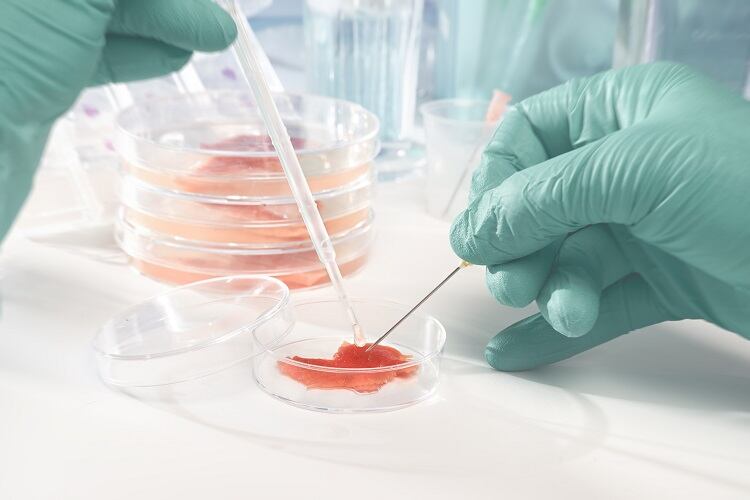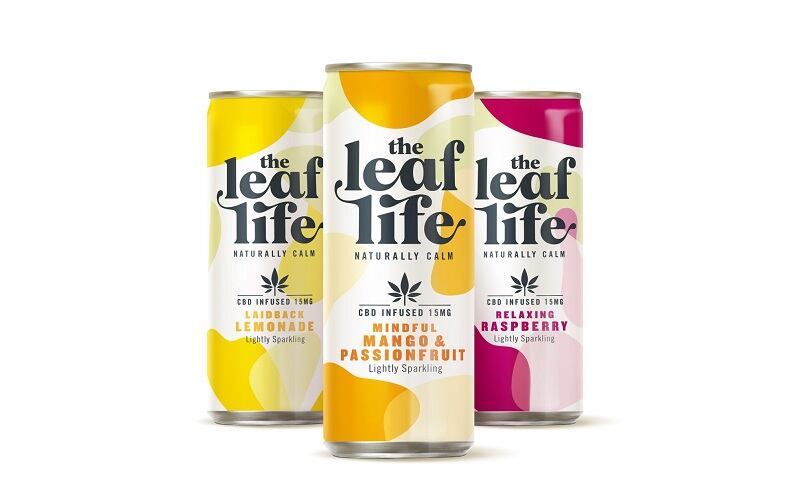The UK Advisory Committee on Novel Foods and Processes (ACNFP) advises the Food Standards Agency (FSA) on matters relating to novel foods, novel food processes, traditional foods, and genetically modified foods. The independent committee's primary function is to undertake safety assessments of notifications of novel foods under Regulation (EU) 2015/2283.
So what kinds of novel food applications are passing over the ACNFP’s desk? According to its Chair, Professor Peter Gregory, the Committee has observed category trends in recent years, with claims relating to health, wellbeing, sustainability, or novel proteins.
Healthy foods
Health and wellness is a key trend across a number of industries, including nutraceuticals, sports nutrition, and food.
In the UK, the health and wellness market has grown significantly in recent years. According to market analyst Statista, the market’s retail value increased from €20.5bn in 2015 to almost €23bn in 2018.
Unsurprisingly, as the market size grows, so too does the number of novel food applications. At the Westminster Food & Nutrition Forum last week in London, ACNFP’s Gregory said an increasing number of applications have ‘some sort’ of health claim attached to them.
In this category, Gregory explained that associations are being made between “something which is perceived to be beneficial by nutritionists, and its content in a particular product”.
Examples include new foods from algae and krill oil – which may be rich in fatty acids. “Chia seeds fell into that category”, he explained.
Ultraviolet-treated mushrooms, which contain increased levels of vitamin D, are another example to have passed through the novel foods regulation. All these products “have been developed with a healthy food agenda in mind”, Gregory added.
According to Regulation (EU) 2015/2283, a novel food is defined as a food that does not have a significant history of consumption within the European Union before 15 May 1997. This definition includes traditional foods from third countries. Such foods are subject to a pre-market safety assessment before a decision is made on EU wide authorisations.
Wellbeing
In the wellbeing category, applications are not necessarily making a health claim, but are making ‘some sort of claim’ about wellbeing, the ACNFP Chair explained.
D-β-hydroxybutyrate ester, for example, is regarded a novel food. Developed by TDeltaS, the ‘ketone body’ is produced by the body during periods of limited glucose availability, such as during intense and prolonged physical exertion. TDeltaS suggests that consuming D-β-hydroxybutyrate ester during periods of intense exercise will maintain physical and cognitive performance.
Plukenetia volubilis, commonly known as sacha inchi, was another application making a wellbeing claim. The Peruvian plant is star-shaped, perennial, and grows between 200 and 1500 metres in the Amazonian rainforest. The novel food contains close to 50% omega-3 and was approved by the EU 2013.

New proteins
Alternative proteins are not just trending in plant-based. New sources of protein, including from insects, are edging towards market authorisation.
As of January 1 2020, the waiver that allowed for approval of insects as food no longer exists. “So we are expecting to see applications for insects coming through”, revealed Gregory.
Whether consumers are prepared to replace conventional protein with insects remains unclear. However, according to research from the Agricultural Biotechnology Council (ABC), 32% of British adults believe we will be regularly consuming insects within 10 years.
The ACNFP Chair noted there is also ‘quite a lot of interest’ in other forms of proteins, such as cultured meats, cultured proteins, and meat analogues.
In assessing novel proteins, the ACNFP assesses risks associated with vulnerable groups. “Anything which contains protein we are particularly interested in. We spend a lot of tie identifying [the proteins] and whether they have the potential to produce allergenic reactions in vulnerable groups,” explained Gregory.

Head of R&D at Quorn, Muyiwa Akintoy, also stressed the importance of allergenic risk assessments in novel proteins at the event. Quorn – the world’s largest meat alternative brand – makes the majority of its products out of mycoprotein.
As the company looks to expand its vegan range, it is searching for a plant-based binder for mycoprotein. The firm currently binds its vegetarian products with egg white or whey protein.
“There are a whole range of new proteins coming into the market,” said Akintoy, citing mung beans and canola ingredients. However, where there is protein, there are allergies, he warned.
“Anything that’s got protein in it, at some point, somebody will react to it. And we just need to be sure that we put all the right things in place so that when the time comes, and it will come, we know how to deal with it in a safe manner.” – Muyiwa Akintov, head of research and development, Quorn
Circular economy and sustainability
Sustainability and ethics are increasingly driving food purchasing decisions. Ethical consumer spending has grown to £41bn in the UK and ethical food and drink expenditure has increased to £12bn, according to research commissioned by convenience retailer The Co-op.
So what does this mean for novel foods? “People want to be able to make claims that their foodstuffs are sustainable,” said ACNFP’s Gregory. “And so we are seeing a lot of applications now making use of secondary products. Things that would have been called ‘waste’ are now coming through as applications for foods.”
Coffee berries, coffea leaves, and grapevines leaves are just some of the applications passing across Gregory’s desk.
Indeed, an application seeking authorisation for coffea leaves to be used as a herbal infusion and as a herbal infusion ingredient, is currently under review. As is an application for Theobroma cacao L. fruit pulp, for used as a fruit juice, as well as in food categories including frozen fruit, and in jam and marmalade.
Gregory continued: “We are expecting to see more of these sorts of applications as consumers start to get more interested in sustainable products.”




